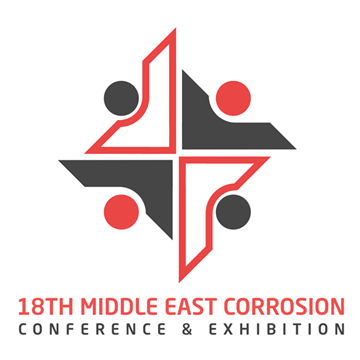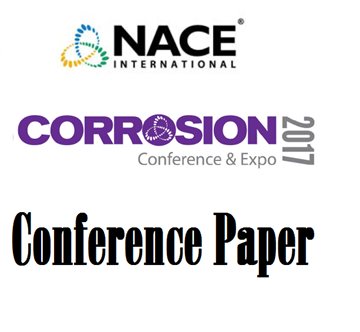Search
Individual Conference Papers
View as
Sort by
Display
per page
NSRP-US Navy Initiatives to Reduce the Costs of Painting Navy Ships
Product Number:
41211-593-SG
Publication Date:
2011
$20.00
Nucleation And Crystal Growth Of Calcium Carbonate In The Presence Of Zn
Product Number:
51322-17700-SG
Publication Date:
2022
$20.00
Nucleation Corrosion in Liquid Hydrocarbons
Product Number:
51323-19463-SG
Publication Date:
2023
$20.00
Numerical Exploration of a Comprehensive Mechanistic CO2 Corrosion Model Part I: Influence of Temperature, Pressure and Bulk pH
Product Number:
51323-19304-SG
Publication Date:
2023
$20.00
Numerical Exploration of a Comprehensive Mechanistic CO2 Corrosion Model Part II: Influence of Hydrodynamics and Bulk pH
Product Number:
51323-19305-SG
Publication Date:
2023
$20.00
Numerical Simulation of Punching Shear Capacity of GFRP Bar Reinforced Concrete Slabs-on-Ground Designed for Shrinkage and Crack Width Control
Product Number:
MECC23-20047-SG
Publication Date:
2023
$20.00
Numerical Simulation of Under-film Corrosion of Coated Steel Panels with Multiple Coating Defects in Marine Environments
Product Number:
51319-12969-SG
Publication Date:
2019
$20.00
O2 Contamination in Ssc / Hic Qualification Test Environments – Impact on Test Results and Discussion on Acceptable Limits
Product Number:
51319-12894-SG
Publication Date:
2019
$20.00
OAP Coating Systems & Linings for Petroleum & Water Storage Tanks
Product Number:
51220-286-SG
Publication Date:
2020
$20.00
Observation of Flow Dependent Corrosion Rate by Ultrasound Corrosion Monitoring on a Gas Pipeline
Product Number:
51317--9336-SG
ISBN:
9336 2017 CP
Publication Date:
2017
$20.00
Obtaining The Polarized Potential Under AC Interference
Product Number:
51322-17634-SG
Publication Date:
2022
$20.00












